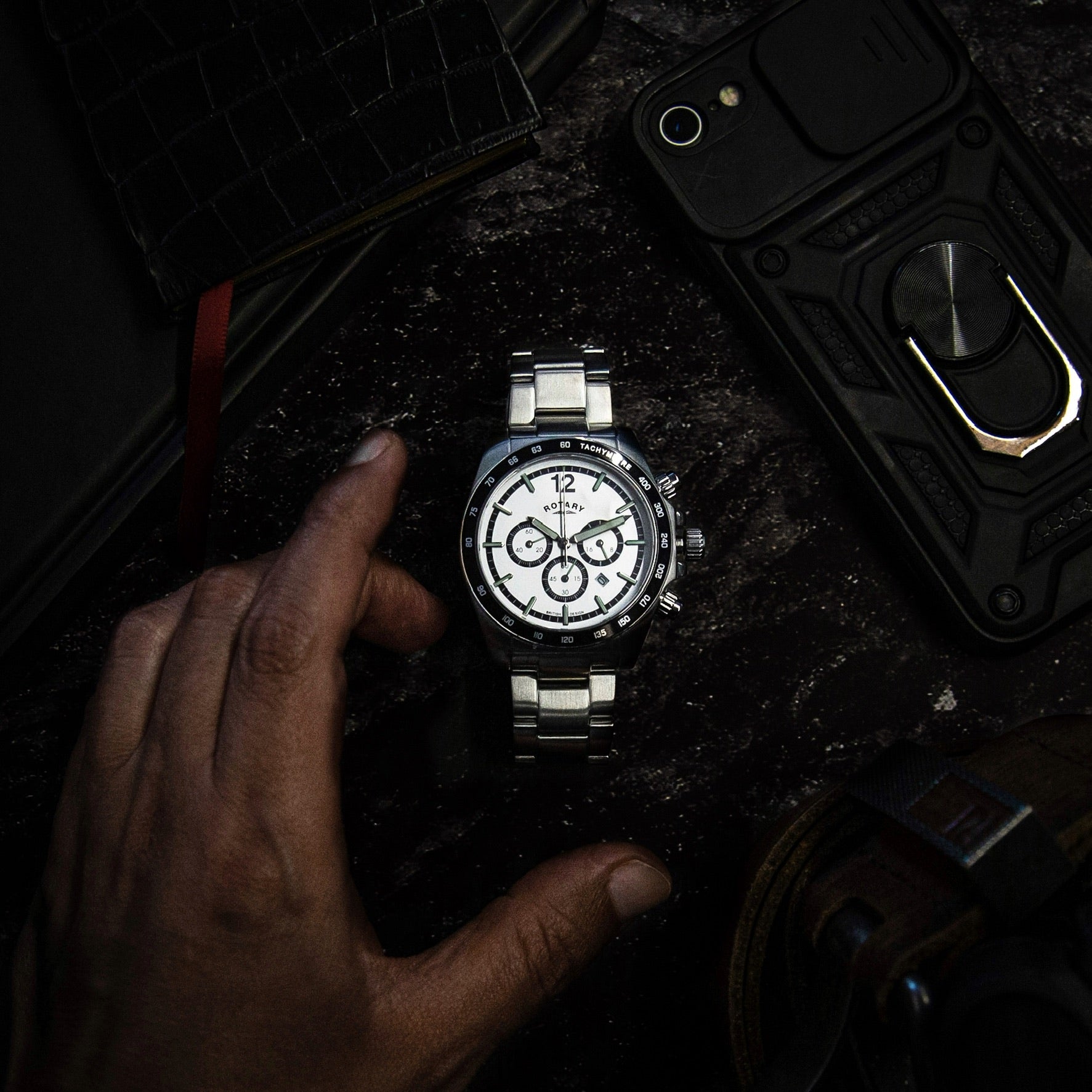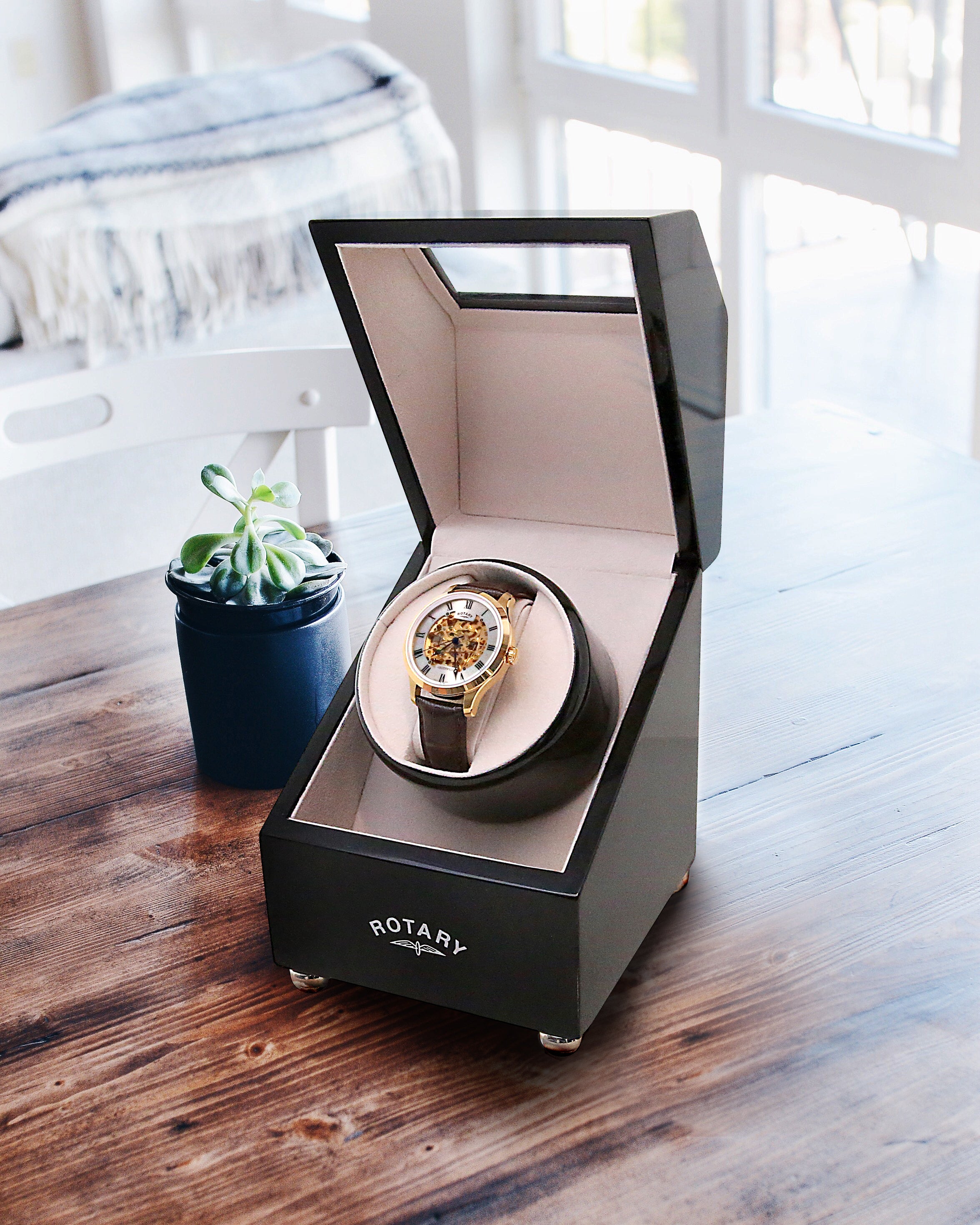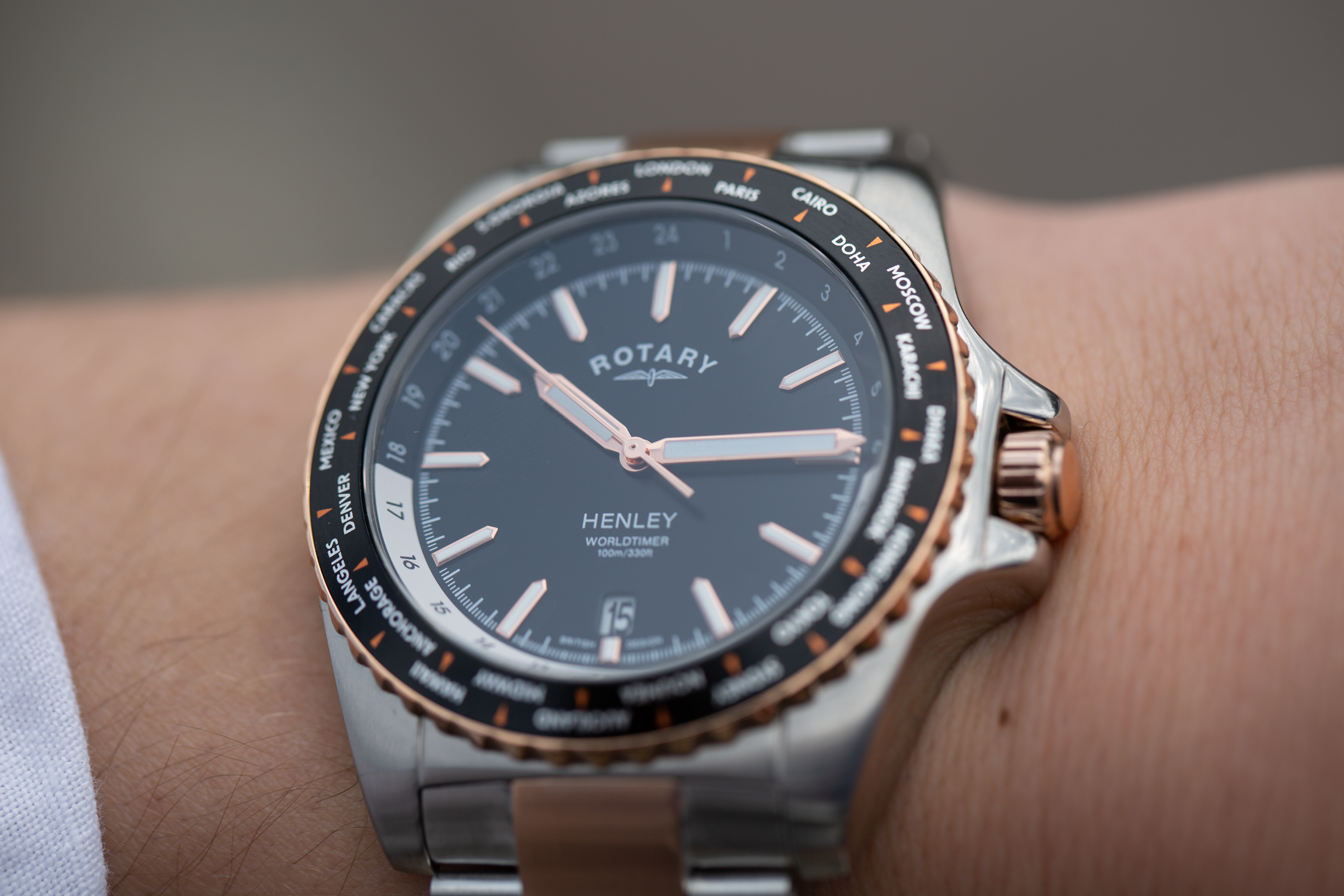
What are Tachymeters?: A Guide to This Versatile Tool
For watch enthusiasts, there is an array of intriguing features and complications that can be found on timepieces. One such feature is the tachymeter. You may have seen it on the bezel or dial of a watch and wondered about its purpose and significance. In this blog, we will delve into the world of tachymeters, uncovering their functionality, history, and the practical applications they offer to watch wearers.
Understanding the Tachymeter:
A tachymeter is a scale found on the bezel or dial of a watch that allows for quick and accurate measurements of speed based on time and distance. Originally invented for use in automobiles, tachymeters have since been incorporated into wristwatches, adding a practical and dynamic element to their design. By utilising the tachymeter scale, wearers can calculate speed in a variety of scenarios, making it a useful tool for sports enthusiasts, pilots, and motorsport aficionados.
How Does a Tachymeter Work?
The fundamental principle behind a tachymeter is simple. It measures the time it takes to cover a known distance and translates it into a corresponding speed. The tachymeter scale is typically marked with numbers or indices, usually ranging from 60 to 500, representing units per hour (e.g., kilometres or miles).
To use a tachymeter, start a chronograph (if your watch has one) as the event begins (e.g., a car passing a fixed point). Stop the chronograph as the event ends. The chronograph's seconds hand will indicate a specific point on the tachymeter scale (see pictured above), which corresponds to the average speed over the distance covered.
For example, if it takes 20 seconds to cover one kilometre, the tachymeter will indicate a speed of 180 units per hour (km/h or mph). By understanding this relationship, you can quickly determine average speed based on time elapsed.
Historical Significance:
Tachymeters first gained popularity in the early 20th century when they were incorporated into the dials of chronograph pocket watches and wristwatches. They were primarily used by sportsmen, pilots, and race car drivers who needed a quick and reliable method to measure speed. Over time, tachymeters became a symbol of precision and functionality, elevating the aesthetics and appeal of timepieces.

Applications of Tachymeters:
- Motorsports: Tachymeters have historically been associated with motorsport events, allowing drivers to measure average speed around a track or a specific distance. By using the tachymeter, drivers can make informed decisions during races, optimise lap times, and maintain consistent speeds.
- Aviation: Pilots can also benefit from tachymeters, using them to calculate ground speed based on the time taken to travel between two fixed points. This information aids in flight planning, fuel consumption management, and overall navigation.
- Sports and Fitness: Tachymeters can be useful for athletes who wish to track their running or cycling speeds. By utilising the tachymeter, they can gauge their performance, set goals, and monitor their progress.
- Everyday Use: While primarily associated with specific activities, tachymeters can also be appreciated by watch enthusiasts for their aesthetic appeal. Even if you don't require the practical application of a tachymeter in your daily life, its presence on a watch adds a touch of sports-influenced functionality.
Tachymeters represent a unique and practical feature found in many timepieces. Beyond their aesthetic allure, tachymeters offer wearers the ability to measure speed.


